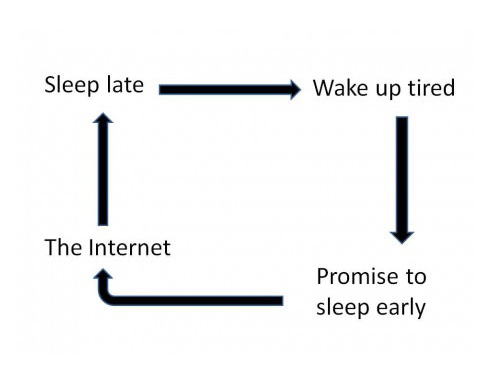How Respectability Pays Homage to Its Enemies
Out of nowhere, the mainstream Jewish media breathlessly introduces the historic meeting of two Jewish leaders, noting inter alia, the two had fought until that point, as though you are expected to know this secret already. Or someone is mentioned as “controversial”, as you realize, with a jolt, he used to be quite popular until he inexplicably disappeared from view.
A mainstream author or speaker devotes space or time to refuting some viewpoint or book you had never heard of — and vaguely perceive you would be shunned (or worse), had you previously made public efforts to independently investigate.
You can read everything about some rabbi in mainstream sources, all except the identity of his zivug sheni.
These are some examples of the homage “respectability” pays its enemies. And occasionally, this drives individuals to investigate these outlier ideas, in the first place, or peek in the “Lashon Hara and Giluy Arayos Swamps” themselves (read: “competing outlets, especially online“).
So, when a paragon of respectability asks you who first told you about those facts and opinions he imagines to conceal from his readers, tell him: Why, you did!

